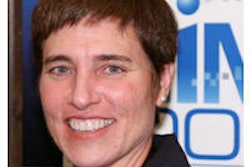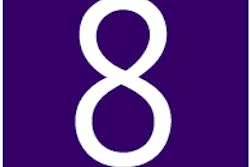Dear AuntMinnie Member,
GRAPEVINE, TX - What's the best way to translate innovation into clinical practice, particularly in imaging informatics? That thorny question was the focus of this morning's opening lecture by Dr. Bradley Erickson, PhD, at the Society for Imaging Informatics in Medicine (SIIM) meeting.
While our society values innovation (perhaps too much, according to Erickson), many great ideas are unable to cross the "valley of death" between the lab where they originate and clinical practice where they would get used, said Erickson, a professor of radiology at the Mayo Clinic in Rochester, MN.
Trying to nurture innovation through vehicles such as committees is a bad idea, as innovation is typically based on the vision of a single individual, and a "committee on innovation" is an oxymoron.
Translational research can be the key to moving innovative ideas to the bedside, he said. Effective translation can add structure to the creative vision of the inventor, and is the yin to innovation's yang.
As a model of this concept of yin and yang, Dr. Erickson held up the late Samuel Dwyer, PhD, an imaging informatics pioneer who was instrumental in implementing many of the technologies that form the bedrock of today's PACS networks. Read more about today's opening session by clicking here, for an article by senior editor Erik L. Ridley.
Visit our PACS Digital Community for more coverage of this week's meeting, or follow us on Twitter at @AuntMinnie for up-to-the-minute posts.
Do you read enough mammograms?
In other news, a new study from Australia published in Radiology confirms a link between radiologists' diagnostic performance and the number of mammograms they read each year.
That finding isn't necessarily new, but what's intriguing is their finding that the threshold for improved performance is more than twice the minimum number of studies required in the U.S. for breast imagers.
Should the U.S. raise its standards? Decide for yourself by clicking here, or visit our Women's Imaging Digital Community at women.auntminnie.com.
While you're there, be sure to read this article on the use of a shear-wave elastography technique as a complement to second-look breast ultrasound and MRI for working up suspicious breast lesions.



















